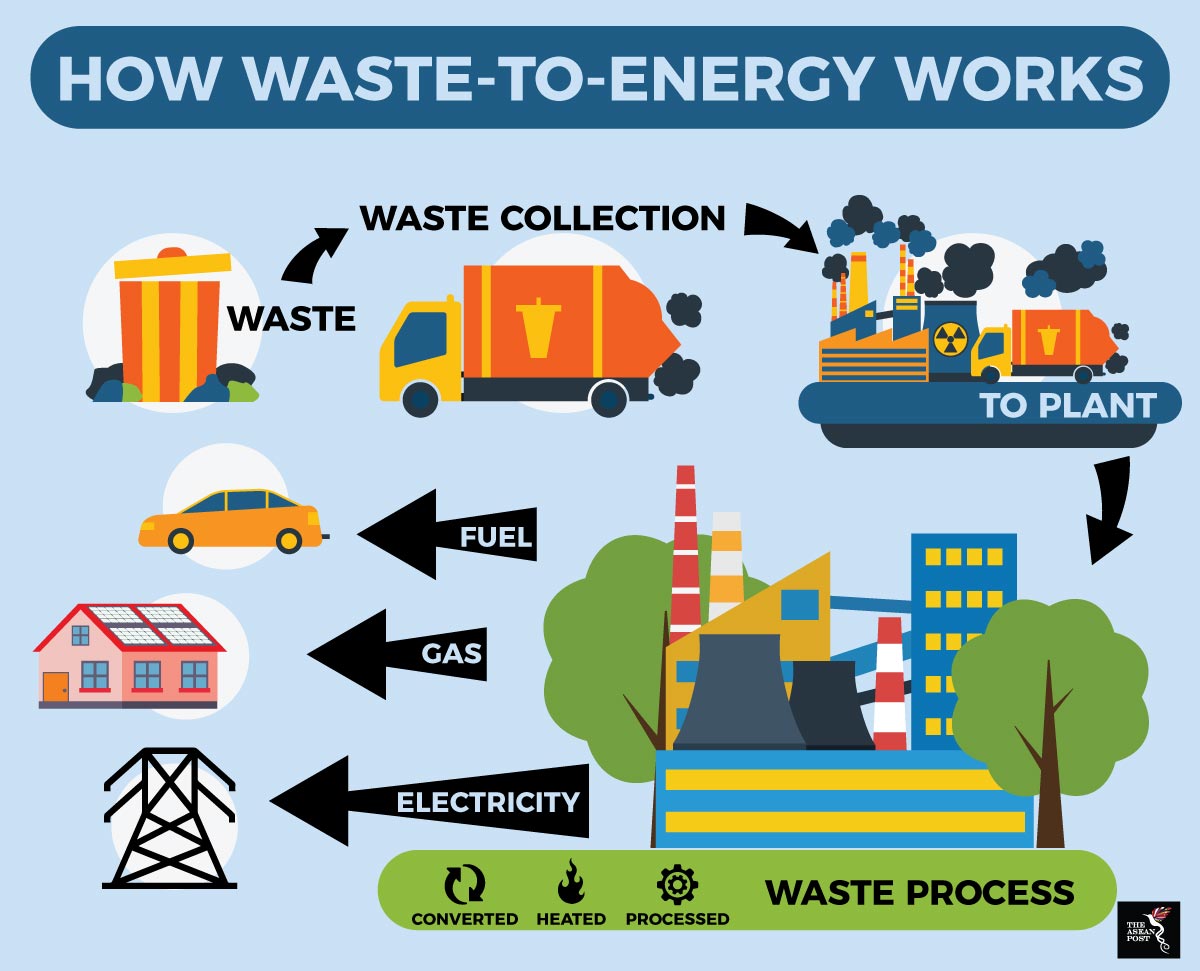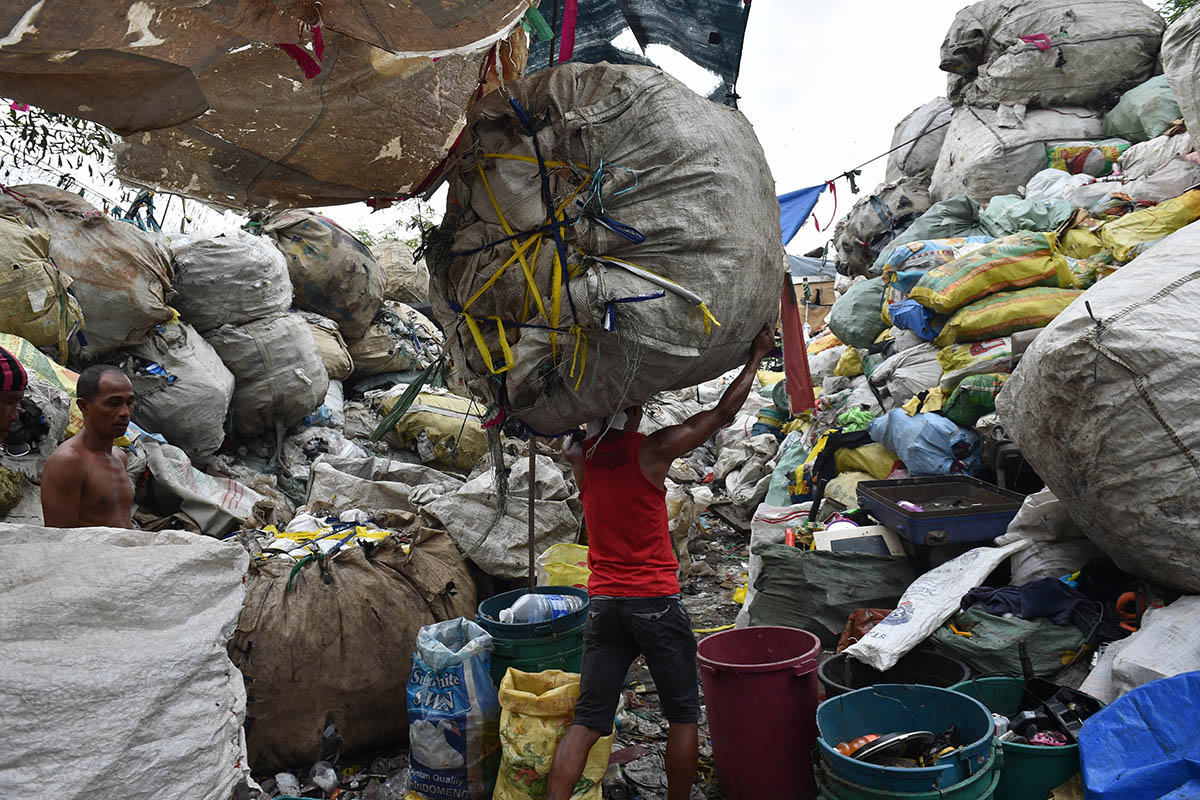The Mayor of Puerto Princesa City, Lucilo Bayron recently announced that his city will embark on a waste-to-energy project. Waste-to-energy or energy-from-waste is the process of generating energy in the form of electricity and/or heat from the primary treatment of waste. This project will be the first of its kind in the Philippines.
Puerto Princesa City is a coastal city on Palawan Island in the western Philippines. The city has a relatively small population of around 300,000 people and its economy mostly relies on its tourist industry. Over the past few years, Puerto Princesa City has seen a rapid increase in population growth as well as a rise in tourism. As a result of this, waste in the city is also increasing.
Instead of building a new and expensive landfill to manage the increasing waste the city produces, the mayor has decided to pounce on this opportunity to start a waste-to-energy project. The city government entered a joint venture with power generating company, Austworks in 2016 to develop a waste-to-energy project. The joint venture project will begin construction soon after receiving approval from the Department of Environment and the Department of Science and Technology. The construction of a US$40 million waste-to-energy plant at the city’s Sta. Lourdes Sanitary Landfill is expected to begin construction later this year and begin operations as early as 2020.’’
According to Austworks, the plant can produce 5 megawatts (MW) of power from the city’s daily collection of 110 metric tons of solid and liquid waste. Aside from that, the Puerto Princesa City government has claimed that the construction of the plant will save them money instead of costing them. The mayor says that the city government will save the US$775 thousand a year it has allocated in its budget for waste collection because Austworks will be doing the waste collection as per the agreement. Besides that, the city government could stand to gain US$390 thousand a year or 5% share from the annual gross revenue of the facility’s energy sales.

The Philippines has long looked into the viability of waste-to-energy as an alternative to fuel its increasing energy demand and lessen its dependency on fossil fuels. Data on energy demand in the Philippines is sparse but according to the Department of Energy, electricity consumption has jumped 10.5 percent from 2015 to 2016. In terms of the Philippines’ energy mix, coal and natural gas dominate the country’s power generation.
Over the past couple of years, the Philippines has signed various waste-to-energy deals. Last year, the Japan International Cooperation Agency and the Department of Environment and Natural Resources agreed on a three-year technical cooperation project to enable local government units to convert municipal waste to energy.
Last month, infrastructure holding firm, Metro Pacific Investments Corporation went into talks with China Everbright Group to begin a waste-to-energy project in Quezon city.
However, waste-to-energy might not seem as harmless as it sounds. Environmental groups have criticised the government of Puerto Princesa City for allowing the project to go on. These environmental groups allege that the government has not done any “basic homework” on how waste-to-energy works. Local coalition No Burn Pilipinas (NBP) alleges that waste-to-energy’s gasification process involves incineration which is illegal under Filipino law. However, city administrators and legal officer, Arnel Pedrosa insist that the process is not incineration and will have no effect on the environment.
The NBP have also claimed that gasification is not as cheap as it promises to be. In a statement, they mentioned that the process consumes more energy than it produces and is not a financially sound investment. The NBP also cited the example of various plants in Europe shutting down because of similar reasons.
While waste-to-energy might be harmful, it certainly is a step-up from fossil fuels. The city’s government however should be able to take criticism and consider the alternatives that the NBP has provided such as reducing waste through a “zero-waste” programme that has been successfully implemented in other cities in the Philippines.
